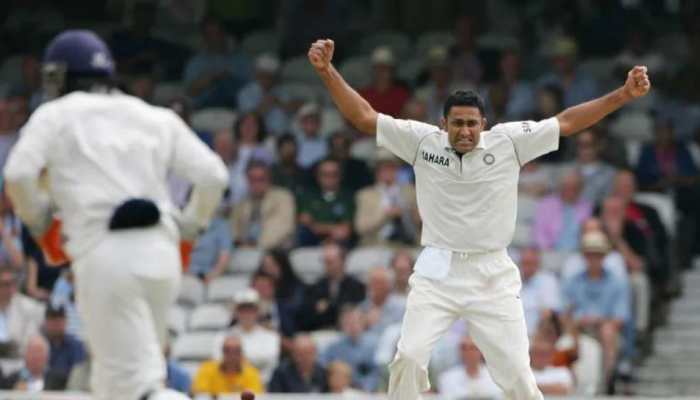DNA Exclusive: One year of Janata Curfew, how India waged war against Coronavirus
On March 22 last year, Indians showed their firm resolve and sent across a message of unity when they came out clapping and banging plates in their balconies to show their support for the frontline workers.
- Janata Curfew was observed exactly a year ago on March 22, 2020
- Indians sent across a message of unity to kick off the war against coronavirus
- India emerged as one of the most successful countries in handling the pandemic.
Trending Photos
New Delhi: It was exactly a year ago when India observed the "Janata Curfew" to kick off the war against the Coronavirus pandemic.
On March 22 last year, Indians showed their firm resolve and sent across a message of unity when they came out clapping and banging plates in their balconies to show their support for the frontline workers.
One year later, India has emerged as one of the most successful countries in handling the pandemic.
Zee News Anchor Mimansa Malik on Monday (March 22) drew a comparison between where we stood a year ago and where we are now in the war against coronavirus.
On March 21, 2020, the day before the Janata Curfew, the total coronavirus cases in the country were just 396.
Though the number of patients was small, fear was very high. Everyone was upset and wondered if they would survive the pandemic. There was a lot of skepticism about India all over the world. Countries like America had predicted that India would be badly crushed by this crisis.
The people of India fought against the odds. They displayed exemplary patience, unity, strength and discipline to the world.
Nobody had imagined that 135 crore people would stay inside their homes for so long and follow the government's rules. But it did happen as India made the biggest curfew in the world a great success.
At 8 pm on March 19, Prime Minister Narendra Modi announced the Janata Curfew to be observed three days later.
At that time, the country showed great discipline and the pictures of Janata curfew were watched by the world. During this curfew, the country also thanked the "Corona Warriors" who were on duty by clapping, banging plates and ringing bells for 5 minutes at exactly 5 pm in the evening.
But it was just the beginning of a long and tough war.
At that time only 16 thousand ventilators were available in government hospitals in India and there was a shortage of around 70 thousand ventilators. Apart from this, it was informed by the Ministry of Health that at that time there was only one isolation bed per 84 thousand people in the country.
Today, the number of ventilators in government hospitals has increased to over 36 thousand. The number of companies that make ventilators has also increased from eight to 17 and they have an annual production capacity of about 4 lakh ventilators.
PPE kits were also not made in India at that time. But today India has become the second-largest country in the world to make PPE kits.
The Janata Curfew had five major effects:
The first effect was that it brought the people of the country out of the atmosphere of panic.
Secondly, the sound of the claps and banging of plates created a special atmosphere in the country, which instilled a lot of positivity in the people, especially the "Corona Warriors".
Thirdly, it acted as a great source of encouragement for the healthcare workers who were treated as heroes. People even showered them with flower petals.
The fourth effect was that it helped create awareness among the people about the virus and how to deal with it. Even if someone was unaware of the threat till then, knew about it well enough after the Janata Curfew.
The fifth effect was that it helped people prepare for what was to come. The world's largest lockdown was implemented in India and the people made it a success.
After the Janata Curfew, Britain and other western countries also adopted similar methods in order to unite people.
Stay informed on all the latest news, real-time breaking news updates, and follow all the important headlines in india news and world News on Zee News.
Live Tv







)
)
)
)
)
)
)
)
)
)
